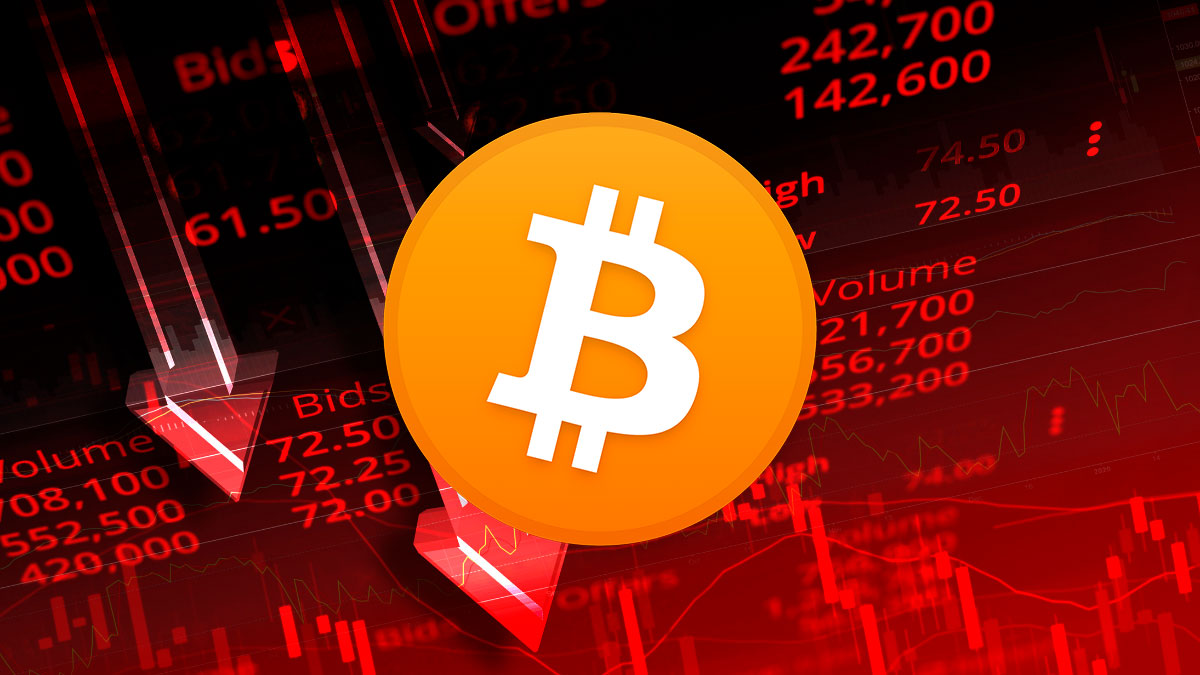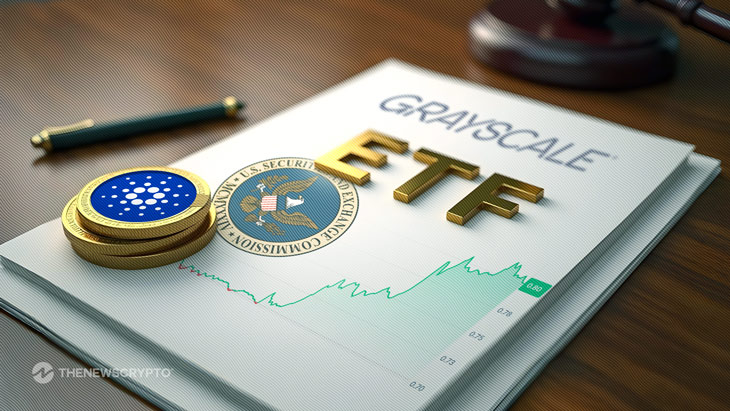Leveraged Trading: A Double-Edged Sword
Leveraged trading, the practice of using borrowed capital to amplify investment returns, has gained significant traction in financial markets in recent times. While it offers the potential for substantial profits, it also comes with inherent risks that have raised concerns of heightened volatility and potential market turmoil.
Understanding Leveraged Trading
Leveraged trading involves borrowing funds from a broker to purchase securities or enter into derivative contracts, with the expectation that the value of the investment will rise. The investor pays interest on the borrowed funds, and if the investment performs as expected, the profits can be substantial. However, if the investment’s value declines, the investor can face substantial losses, potentially exceeding their initial investment.
Risks of Leveraged Trading
The risks associated with leveraged trading are magnified due to the use of leverage. A small market movement against an investor’s position can lead to significant losses. Moreover, the use of margin can lead to a margin call, where the broker demands additional funds to cover the losses, which can force the investor to sell their positions at a loss.
Impact on Individual Investors
For individual investors, the surge in leveraged trading can lead to increased volatility in the markets. As more investors use leverage, market movements can be amplified, leading to larger price swings. This can make it challenging for individual investors to make informed decisions and stick to their investment strategies.
- Increased volatility: Leveraged trading can lead to larger price swings, making it challenging for individual investors to make informed decisions.
- Increased risk: Leveraged trading involves significant risk, and individual investors may not have the resources to absorb substantial losses.
- Marginal impact on overall market: While the impact on individual investors can be significant, the overall impact on the market may be marginal.
Impact on the World
The surge in leveraged trading can also have far-reaching implications for the global economy. Large institutional investors, including hedge funds and investment banks, use significant amounts of leverage to make large bets on market movements. These bets can have a significant impact on the markets, potentially leading to market instability and even market crashes.
- Financial instability: Leveraged trading can lead to financial instability, as large losses by institutional investors can lead to a chain reaction of selling, amplifying market declines.
- Regulatory response: Regulators have responded to the risks associated with leveraged trading by implementing regulations, such as margin requirements, to limit the use of leverage.
- Impact on economic growth: Large losses by institutional investors can lead to a reduction in available capital for investment, potentially slowing economic growth.
Conclusion
Leveraged trading offers the potential for substantial profits but also comes with inherent risks. The surge in leveraged trading in recent times has raised concerns of heightened volatility and potential market turmoil. While the impact on individual investors may be marginal, the impact on the global economy can be significant. As such, it is crucial for investors to understand the risks associated with leveraged trading and to exercise caution when using leverage in their investment strategies.
Moreover, regulators must continue to monitor the use of leverage in financial markets and implement regulations to limit the risks associated with leveraged trading. By working together, investors and regulators can help mitigate the risks associated with leveraged trading and ensure financial stability in the markets.





